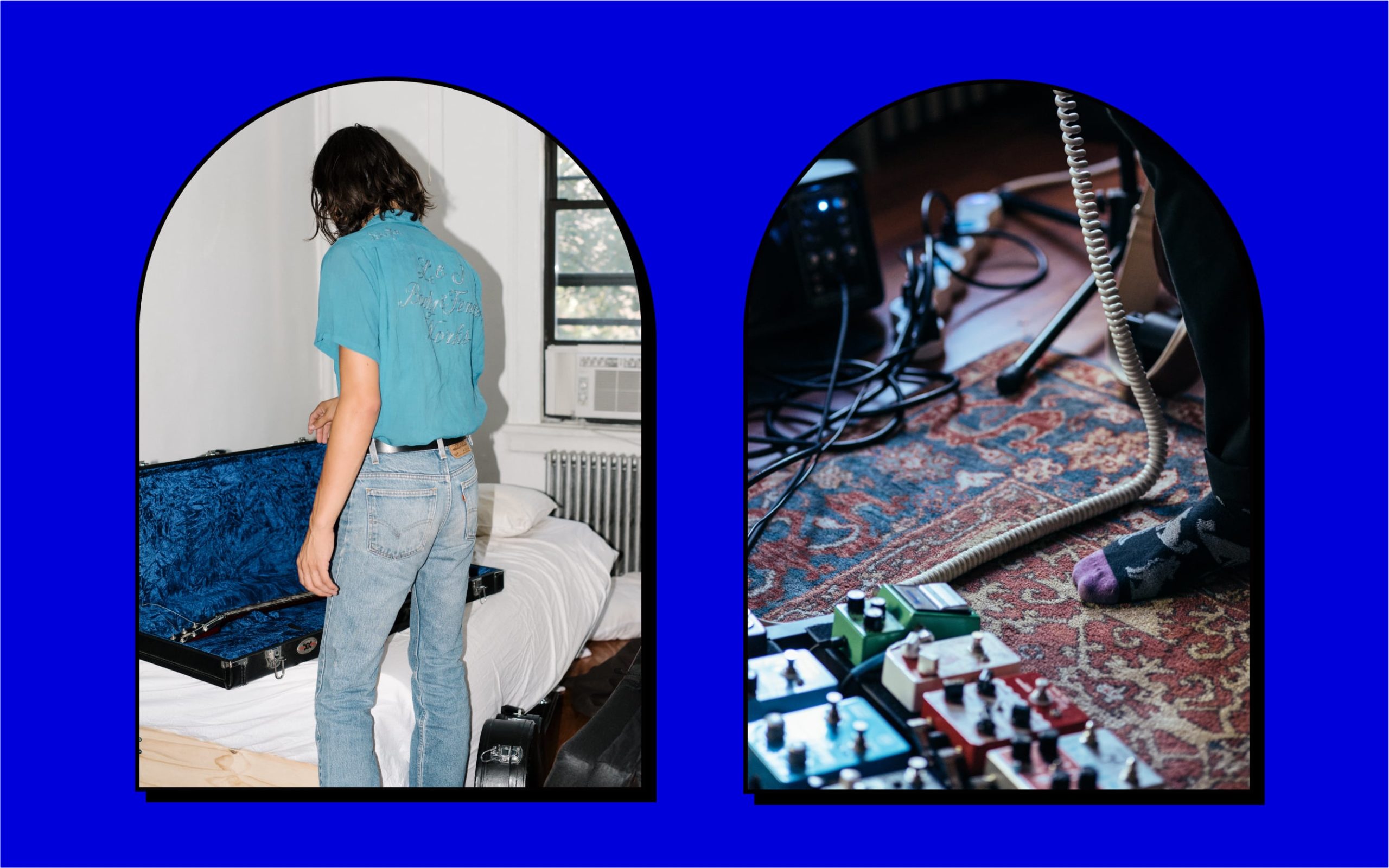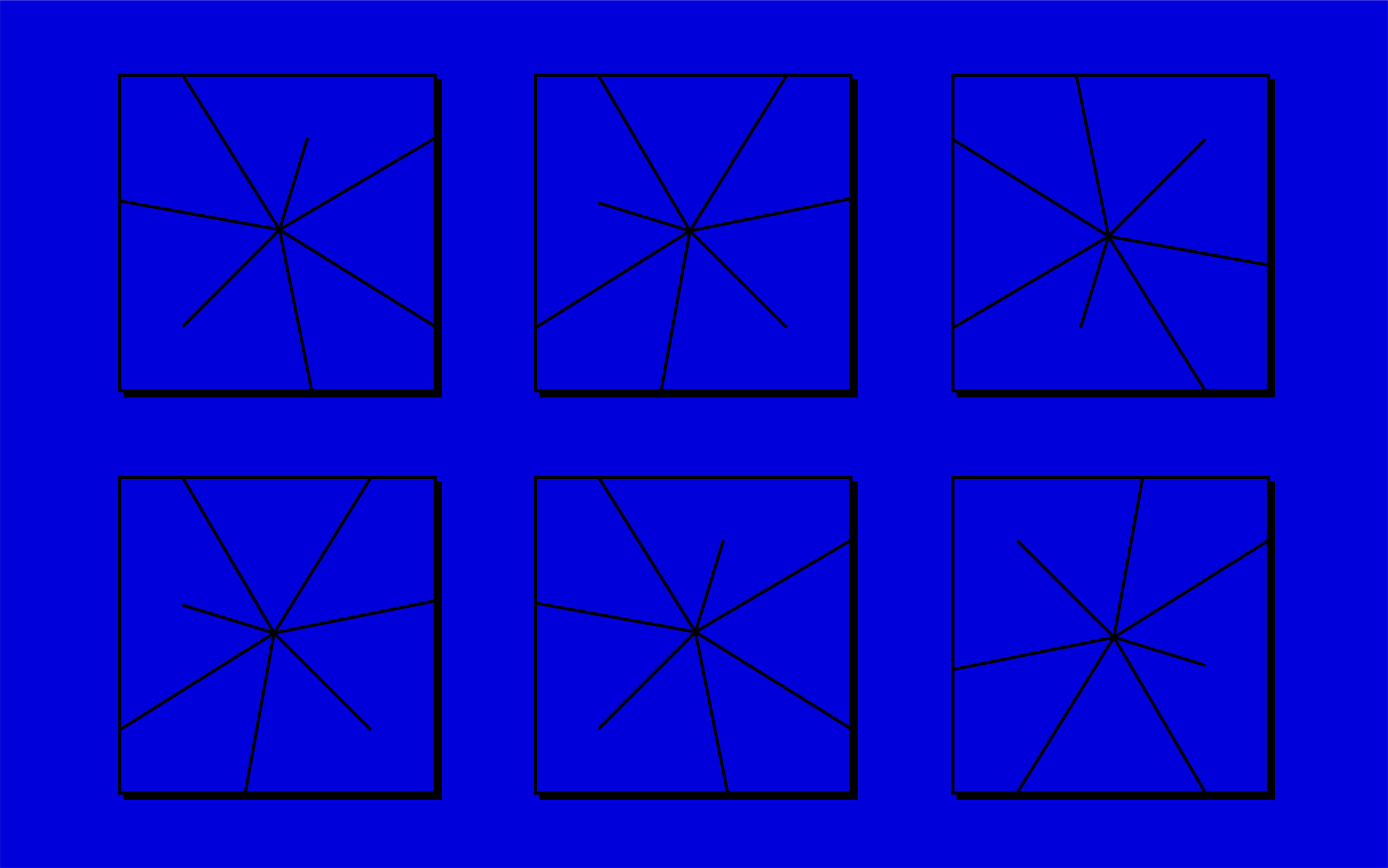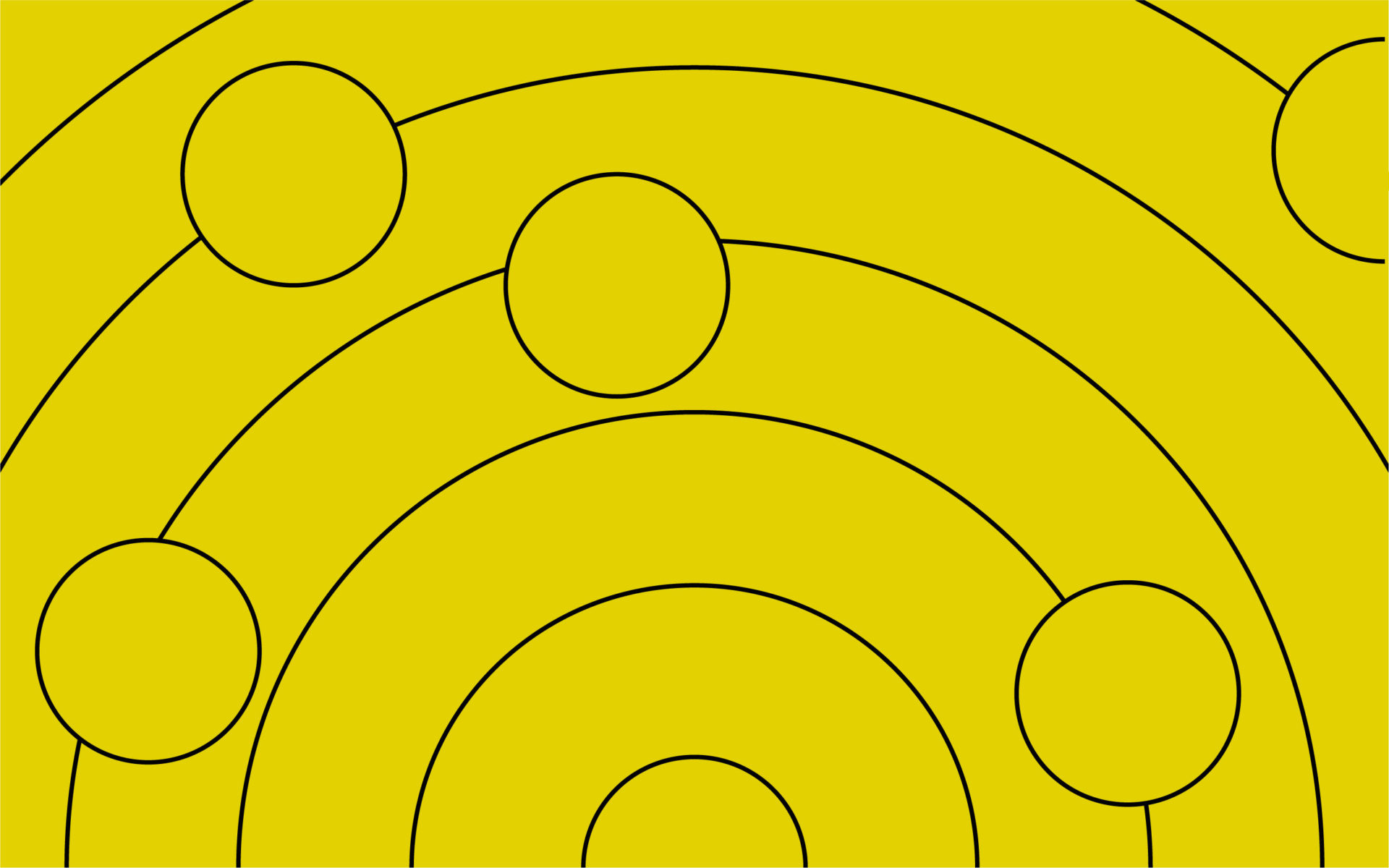So it looks like we’re stuck inside for a bit.
As Covid keeps the world at home, artists are adapting their creative processes, performance styles, and recording sessions to the needs of a bedroom studio.
If you’re struggling to stay inspired and in finding creative rhythm in uncertain conditions, you wouldn’t be the only one. But with a simple, accessible DIY set-up, artists can write, record, and distribute their music from their own home without missing a beat.
While the simplicity (or complexity) of personal studios varies widely, each space should cater to the needs of the artist occupying it. There’s no one-size-fits-all set-up; you’ll see different ways of approaching homegrown music. However, across the board, recording artists and audio engineers agree there are a few pieces of gear you can’t go without.
Though the idea of gathering up gear may be overwhelming, don’t be discouraged! Configuring your DIY studio is a personal exploration. It’s not about who has the best tools, but rather what tools serve your music the best.
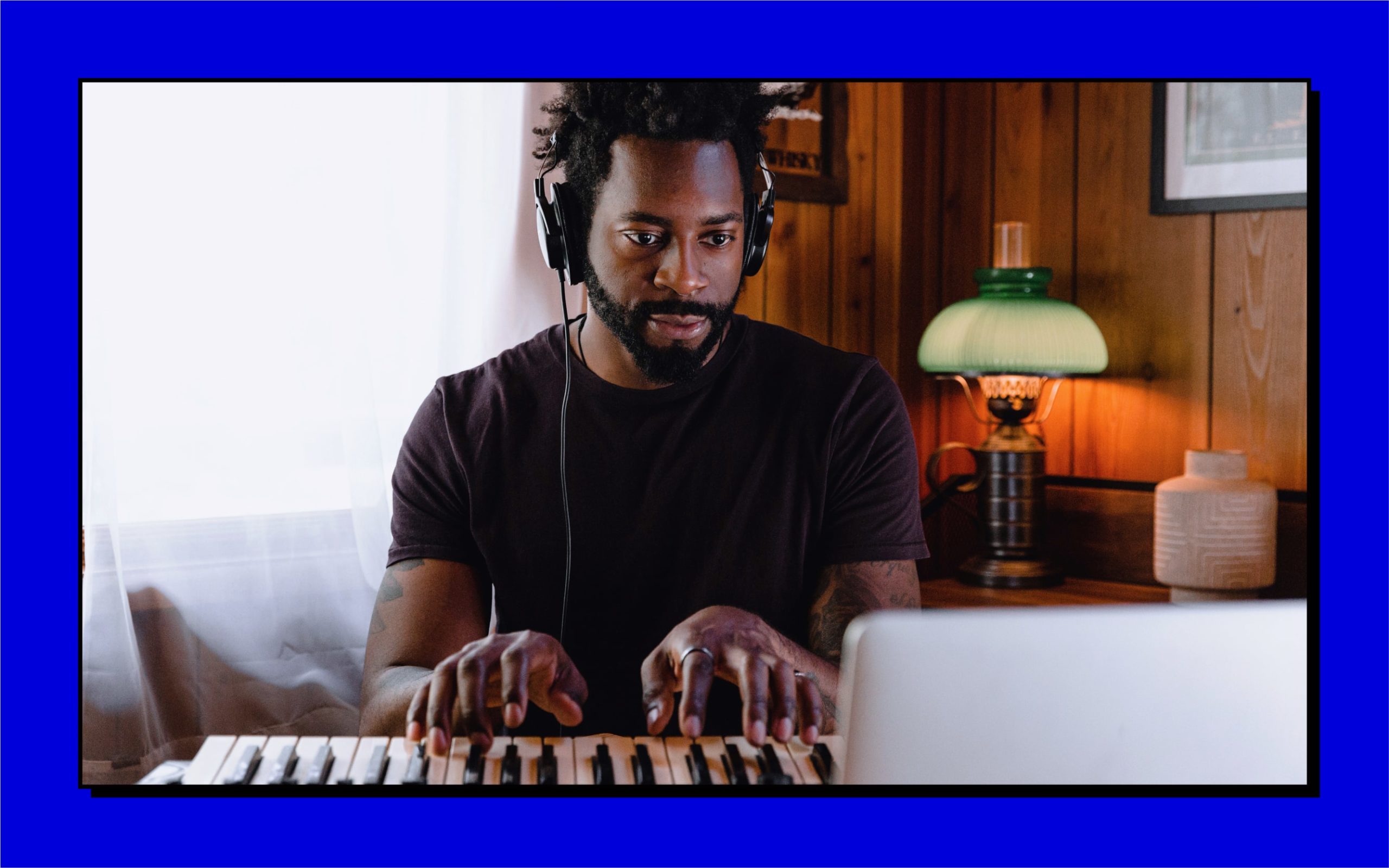
Computer
It may seem like a no-brainer, but every set-up starts with a computer. As a rule of thumb, your machine should have at least 4GB of RAM and upwards of 150GB of storage to house your sounds library, save your files, and run a Digital Audio Workstation (DAW).
Often, you don’t need the most recent model or expensive computer. Instead, focus on having enough RAM and memory to support your DAW and ensure a smooth workflow.
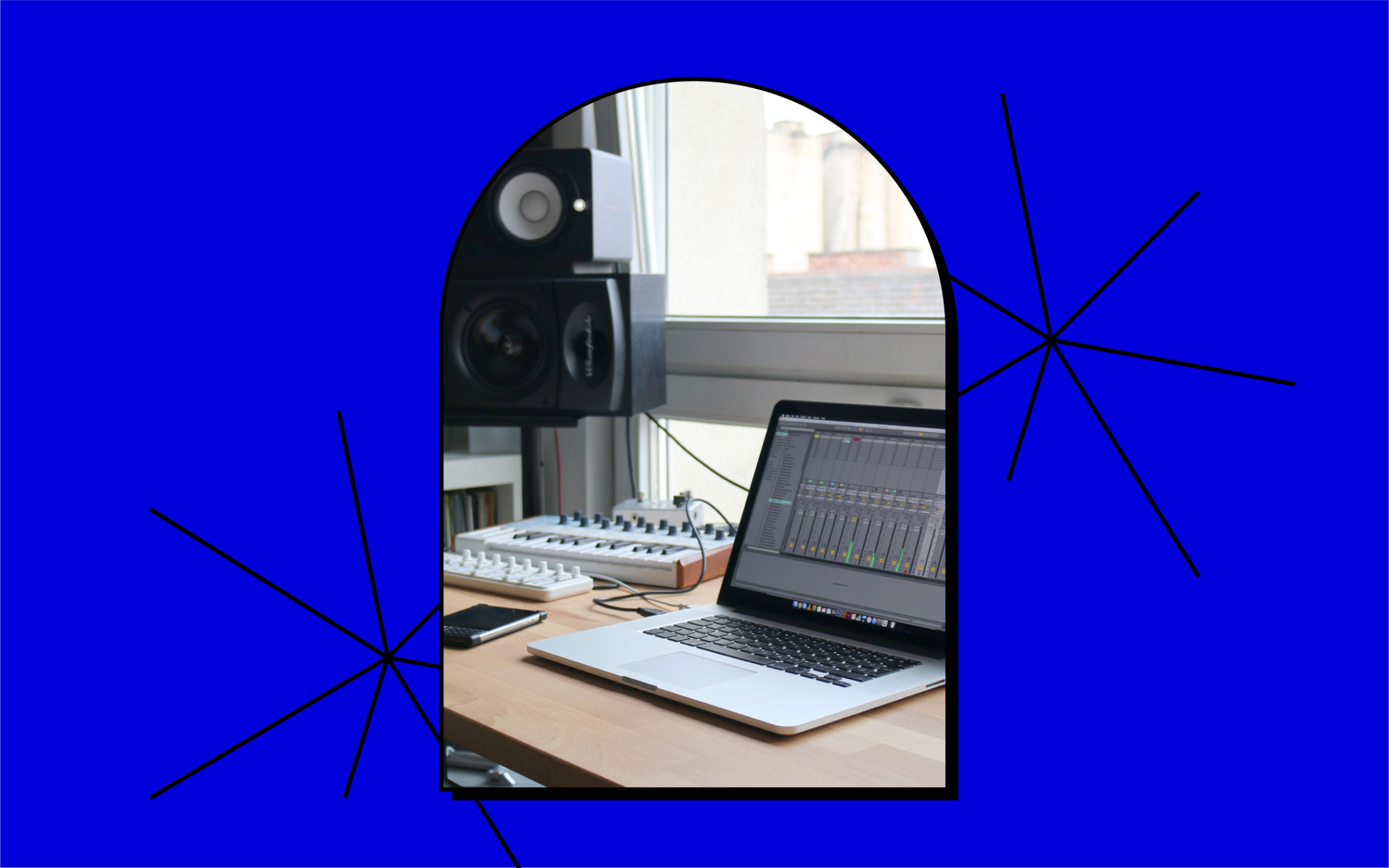
Digital Audio Workstation (DAW)
A Digital Audio Workstation is a software program that tracks, arranges, and mixes your music. The proper DAW makes it easy to create music and bounce tracks out for yourself or for release. If you aren’t used to working with a DAW, consider GarageBand or Ableton Live Lite.
For the more experienced, Pro Tools is the industry standard, but Logic Pro and Ableton Live are popular choices, too.
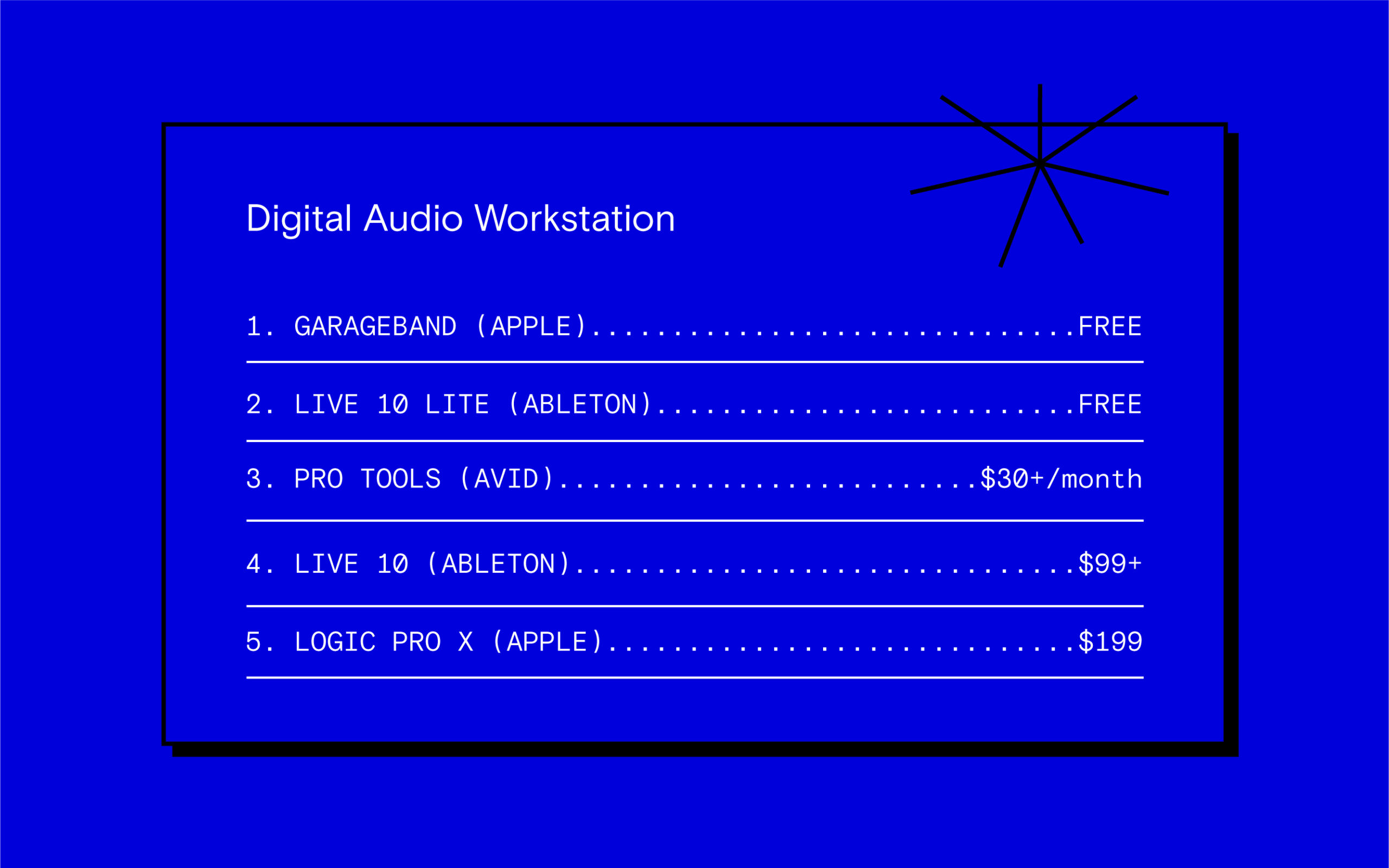
Audio Interface
An audio interface is a piece of hardware that converts analog audio signal to a digital signal, translating what you play into a file you can edit in your DAW.
Consider budget and needs when deciding on an audio interface: For most home studios, you’ll need two inputs, with XLR and ¼” jackets, to accommodate a microphone and instrument, respectively.
Behringer, Focusrite, and Universal Audio all offer great options.
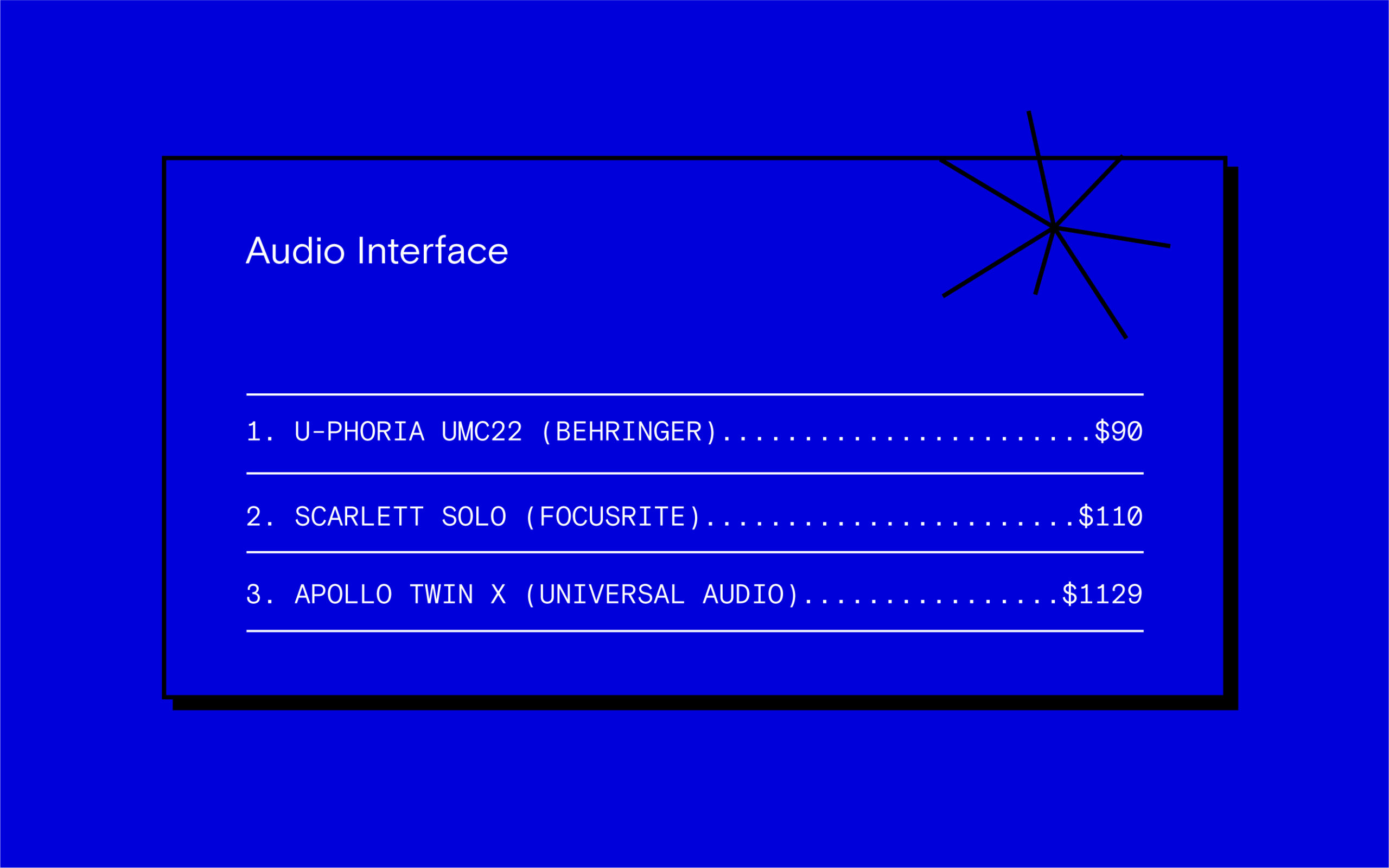
Large Diaphragm Microphone
A large diaphragm condenser microphone is your most versatile tool, with the capability to record your voice as well as any acoustic instrument. Where other mics will color your instruments with effects, a large diaphragm mic captures their “true sound.”
For those just getting into home recording, it’s easy to find a cost-effective pick, too. The MXL 990, Audio-Technica AT4040, and BLUE Microphones Spark can all create a superior, high-quality recording.
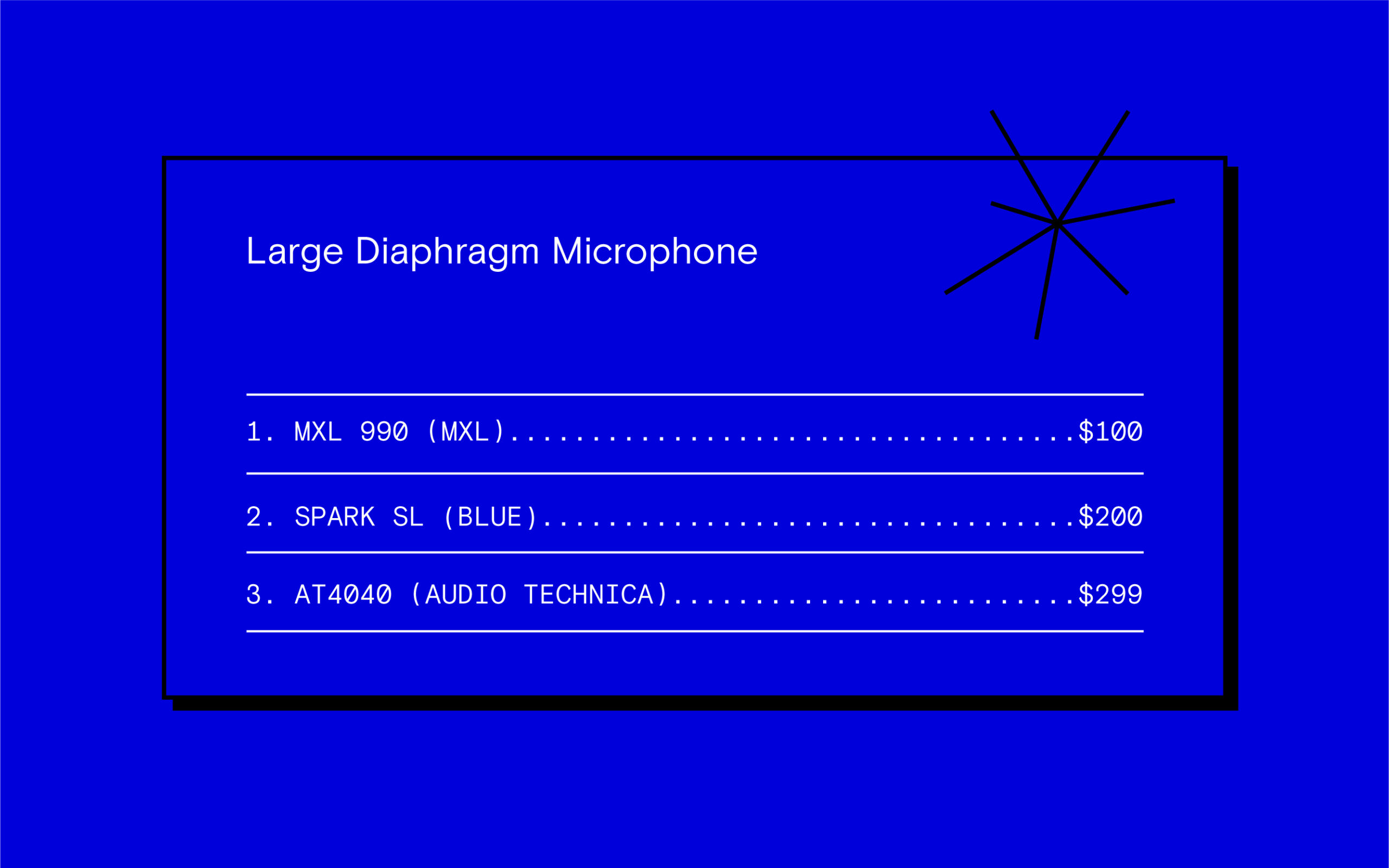
Headphones or Monitors
Playback is one of the most important steps of music production. If you’d like to hear your tracks out loud, a good pair of monitors — fancy word for speakers — is essential.
Many artists prefer to have both monitors and headphones to A/B test their recordings across multiple devices.
Consider options from Yamaha, KRK, or JBL, but if the constraints of your space prevent open-air playback, or you’d prefer to hear your recording more closely, then pick up headphones like Audio-Technica’s ATH M50 or Sennheiser HD280 Pro instead.
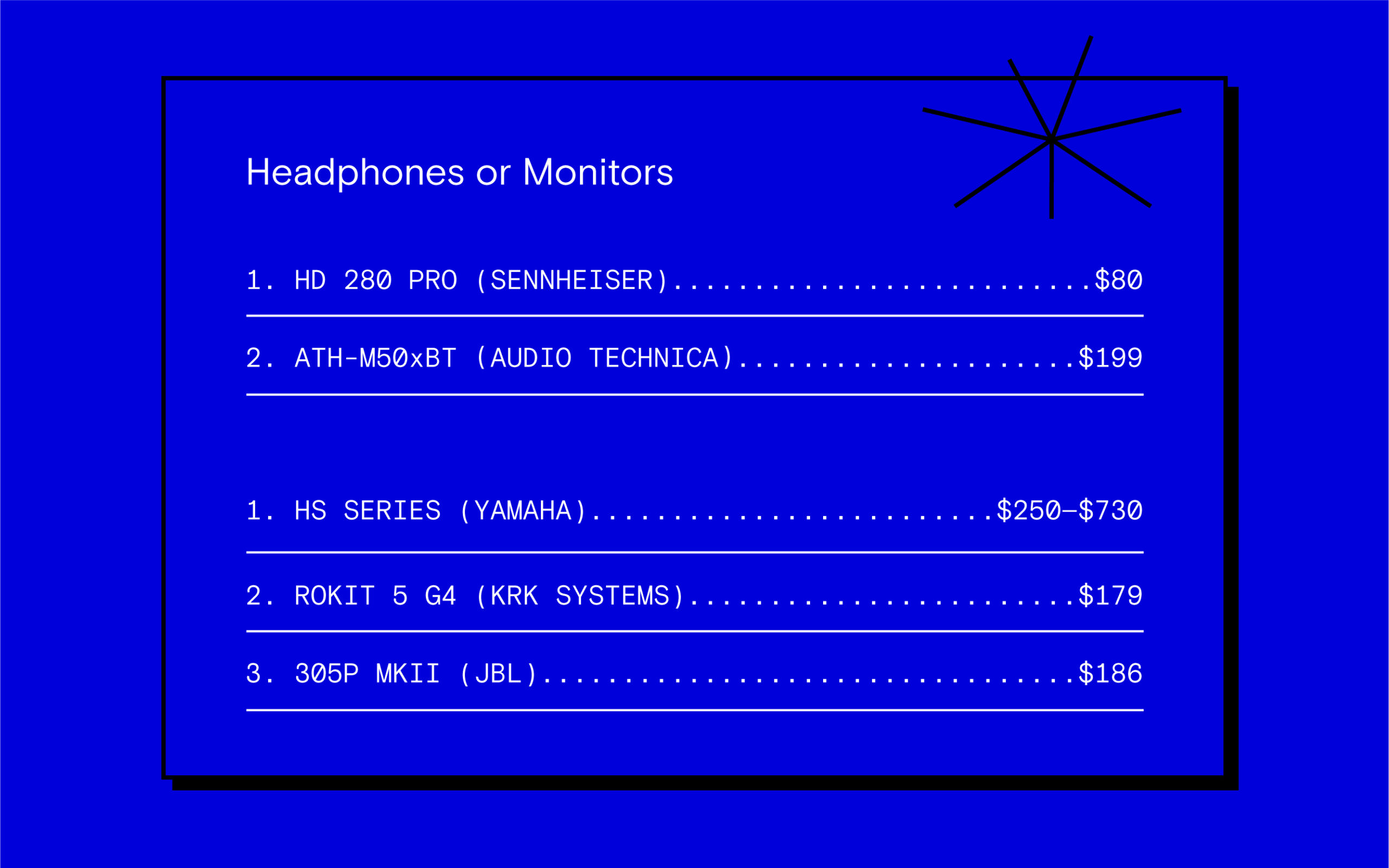
MIDI Controller Keyboard
A Musical Instrument Digital Interface (MIDI) controller is an external piece of hardware that translates your performance into digital data by recording a beat or a keyboard part and allowing you to edit it in your DAW as you compose.
You can explore new textures and moods for your sounds by playing with tone and pitch or manipulating your MIDI inputs to become different sounds or instruments entirely.
Check out Akai, Nektar, and Arturia for affordable starter keyboards.
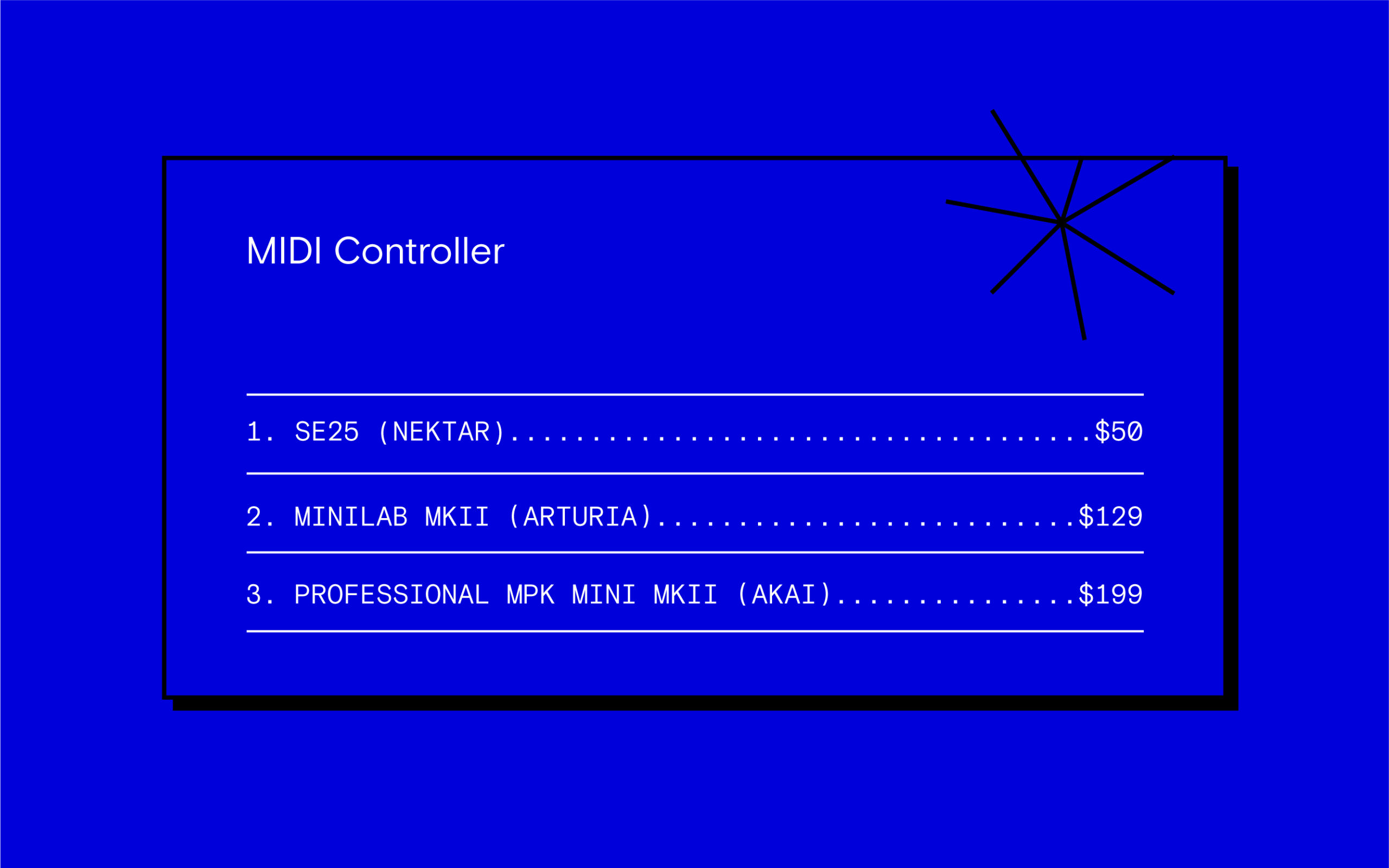
Collaboration
As an added bonus, a home studio facilitates meaningful collaborative efforts within your artist community. Bring friends into your space with Zoom, FaceTime, and Skype to talk through ideas, discuss mutual deadlines for projects, and encourage creative output and accountability.
Online apps like Splice Studio, Google Drive, Box, and Dropbox can help you transfer and exchange files with your fellow creators between cities and across oceans.
Even while our ability to connect is limited, a home studio is synonymous with creative freedom. The freedom to wake up in the dead of night (though panicked seems to be the trend as of late) and write down an idea bestowed by the muses. To bypass expensive studio time and access your instruments and equipment without the extra expense or hassle of lugging them across town. A home studio frees your creative drive and empowers you to continue honing in an otherwise unsure moment.
